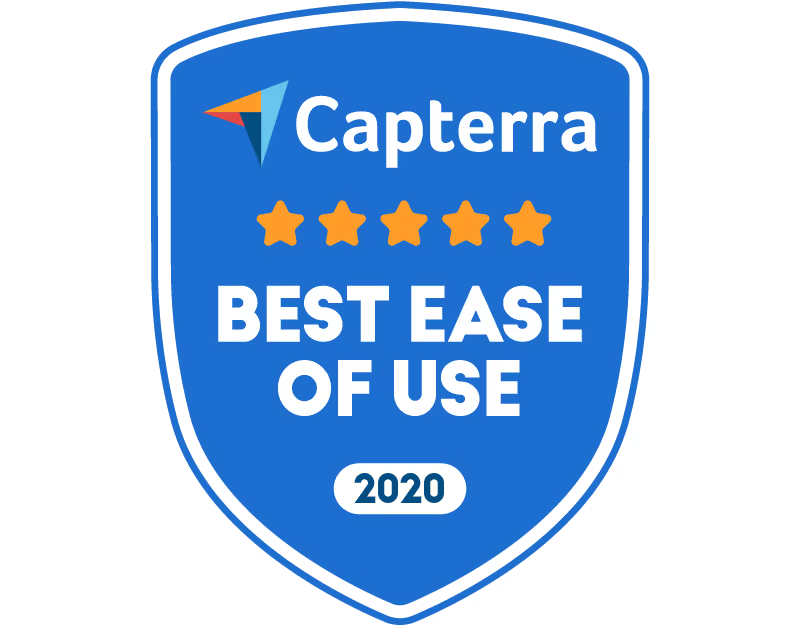
This is some text inside of a div block.
This is some text inside of a div block.
.jpeg)
A due diligence virtual data room provides a secure place to store documents and files for transactions and business deals where information can be accessed and requested by multiple parties.
Due diligence is the process of gathering and providing information about a business or their assets. It must be done by the issuer, its business, and any other parties involved in issuing shares. The goal is to evaluate a business from all aspects prior to making a purchase decision.

Data rooms provide a safe place for due diligence information to be gathered and accessed by multiple parties. Due diligence data room adds value by evaluating the benefits, costs, and risks associated with an upcoming decision. All firms who use due diligence should consider the benefits that virtual data rooms provide.
Virtual data rooms meet strict security and compliance standards such as:
Drag and drop file upload technology provides efficiency and enhanced time management. Other file management tools include:
Data rooms provide data on all users, activity, files, and documents within the room. This is not only useful from a security point of view, but also from a project management perspective as it allows you to identify potential roadblocks, gauge users’ levels of interaction, and avoid redundant work.
Users can easily be added, group-level permissions can be set, and settings can specify who has access to files.
FirmRoom offers a file and spreadsheet viewer to allow viewing and analyzing in multiple document formats, such as Excel and Microsoft Word.
Data rooms are used across wide range of industries, such as finance, healthcare, technology, IT, and many others, whether firms conduct M&A, capital raising, IPO, divestiture or any other transaction where due diligence takes place.
Here are a few examples of due diligence types that are often conducted with the help of data rooms:
Use case examples of due diligence conducted via data rooms include:
The first step of due diligence using a data room is to import a pre-made request template. This automatically populates and organizes the data room and folder structure. Next, users can start fulfilling requests using drag and drop upload. They can also assign task roles, communicate with other users, and invite new users to the room.
Here is how to get started:
Step 1: Start a Free Trial of FirmRoom Data Room
Step 2: Get the due diligence data room checklist
Step 3: Create groups, add users, and set permissions.
Ensure that all stakeholders of the due diligence process are added to the data room and are placed into appropriate groups. permission settings must also be established to maintain security.
Step 4: Prepare documents and files
This involves anticipating which documents will be requested; digitizing physical files by scanning them; and ensuring that you have the latest versions of these files and documents and verifying their names.
Step 5: Add documents and files to the data room
It is important to set permission settings for each as they are added.
Step 6: Categorize documents and files.
Ensure that documents are easy to locate and that the important documents that will be accessed frequently are at the forefront of the organization. Common categories include financial information, company information, product information, legalities, customer information, IP, physical assets, and environmental health and safety information.
Step 7: Check organization
An easy way to do this is to have team members not involved in the due diligence process added to the virtual data room, and have them search for specific documents to determine the ease and convenience of the structure.
Due diligence can be a major roadblock. FirmRoom’s due diligence folder structure incorporates all of the necessary steps and information needed to move forward. Using this folder structure, it is possible to track the progress and secure all necessary documentation to complete the due diligence process with ease and efficiency.
Learn more about using FirmRoom data room through demo and tutorials in this free 30-day trial.
No credit card, no hassle – sign up only takes 2 minutes.